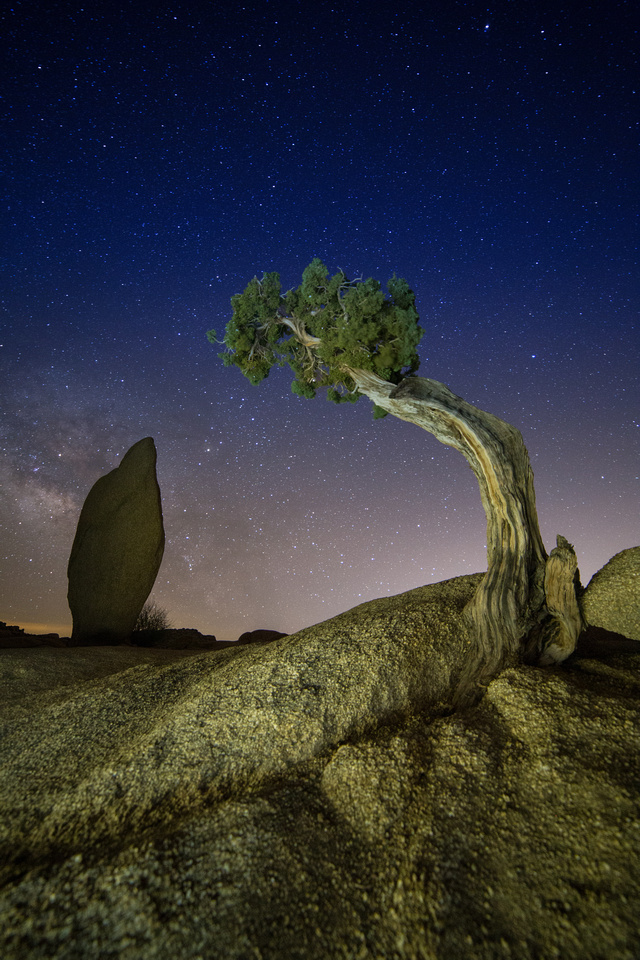ISO: A sensitive topic
ISO: Explained in simple terms
Text and photos by Heather Cline
|
|
If you are interested in learning photography, and I mean really learning photography, gaining a better understanding the triad of Aperture, Shutter Speed, and ISO is a great place to begin. If you haven't already read my articles on Aperture and Shutter Speed, check them out here:
This article will cover ISO, which stands for: International Organization for Standardization. What does that have to do with photography? Nothing really. It's the numbers that follow ISO that mean something, and those have become the standard in film and digital photography, which is why film speed is represented as ISO 100, ISO 400, etc.
What is ISO?
ISO is essentially the film or digital camera's sensitivity to light. The higher the ISO, the more sensitive it is to light, and therefore less light is needed to produce a properly exposed image. In contrast, the lower the ISO, the less sensitive it is to light, requiring more light.
 Black Bear Cub Black Bear Cub
Black bear cub | 800 ISO |
What does ISO do?
ISO doesn't really control anything in terms of creativity, such as aperture controlling depth of field and shutter speed controlling motion. What ISO does is enable you to change the aperture and/or shutter speed. Adjusting ISO to allow for a faster shutter speed is probably the most common reasons to do it. For example, if you want to capture a bird in flight, a fast shutter speed is needed, not fast like 1/100th of a second - fast like 1/1000th of a second.
 Black Tail Deer Black Tail Deer
Black Tail Deer | 1600 ISO |
When should you change the ISO?
For the most part, you should set the ISO at the lowest native ISO for your camera (likely 100) and leave it, unless. . .
- You want to freeze action (wildlife, sports, etc.)
- You are shooting at night and want to capture pin point stars, such as the Milky Way
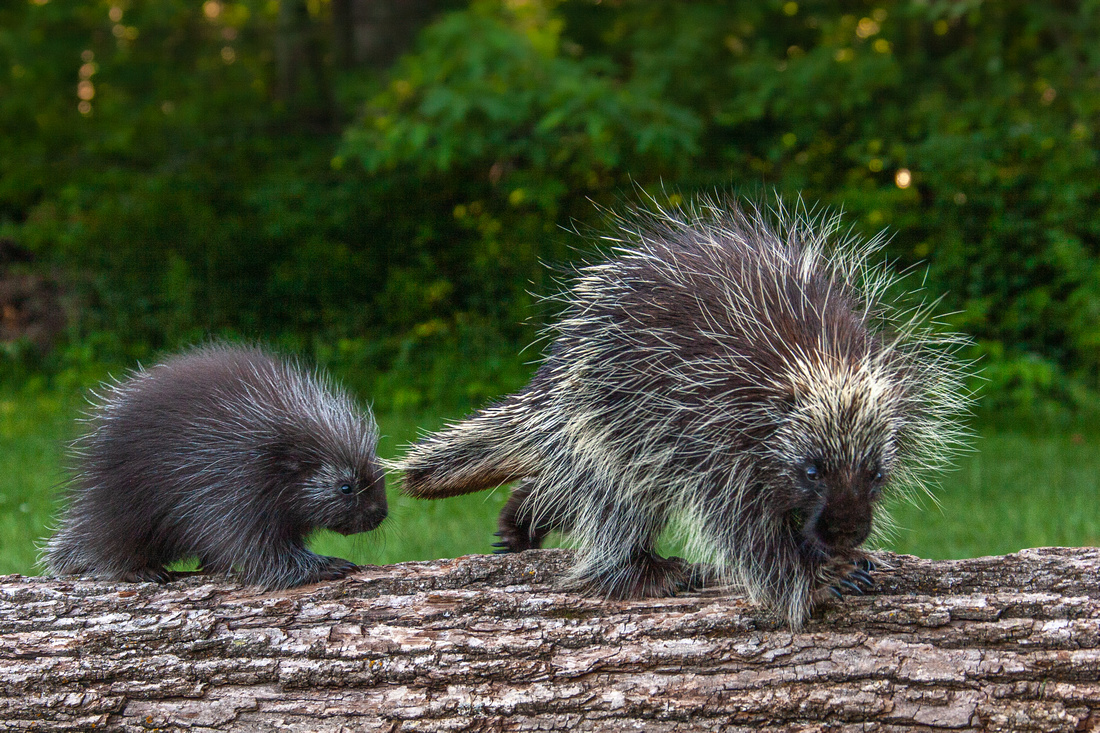 Porcupines Porcupines
Porcupines | 400 ISO |
Trade-offs
With increased ISO comes increased grain in the image. Newer cameras are getting better and better, but there is still a trade-off to get that increased sensitivity to light just as there was with higher ISO film. So - when you can shoot at lower shutter speeds, do so, but don't be afraid to turn it up if it means getting the shot.
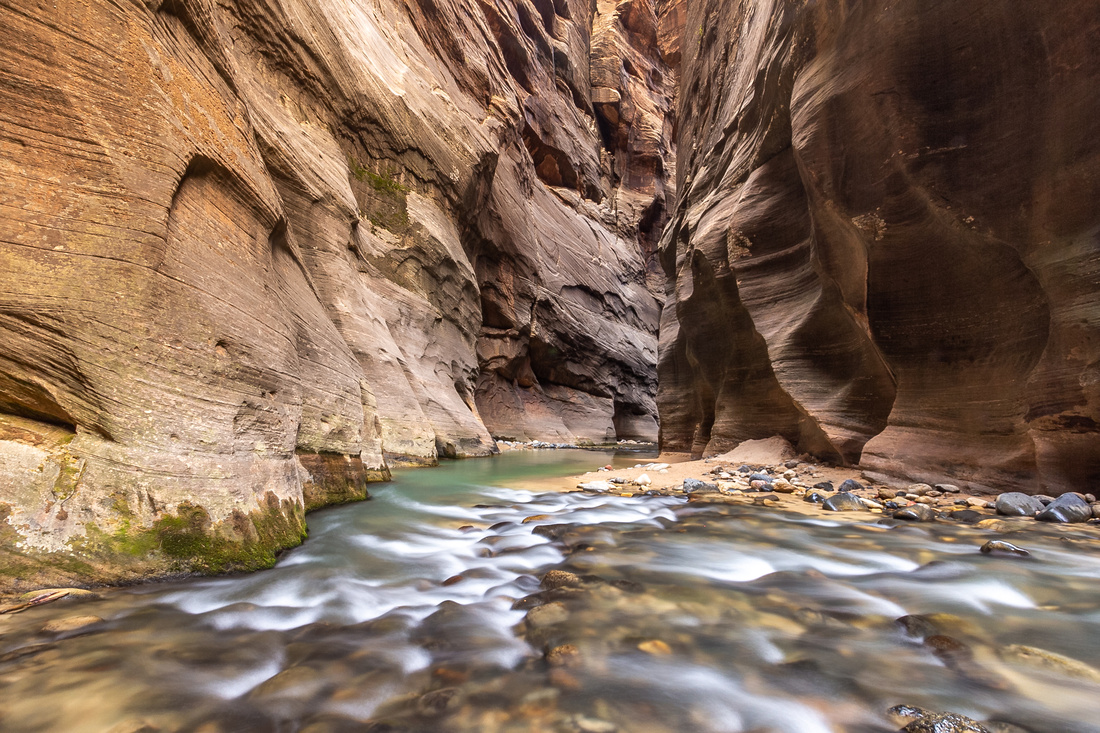 The Narrows The Narrows
The Narrows, Zion National Park | 100 ISO |
Exposure Triangle
I mentioned the triad of Aperture, Shutter Speed, and ISO above. These all have an impact on each other so I thought I would provide a visual of how these all relate to each other:
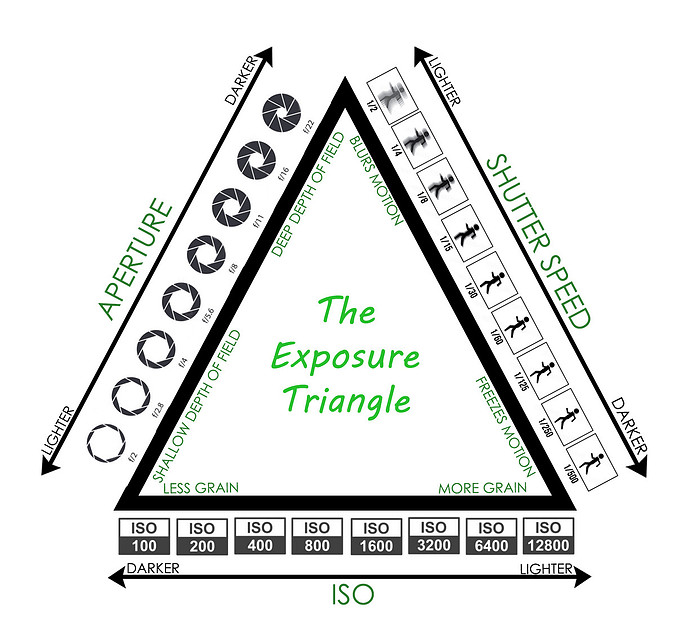

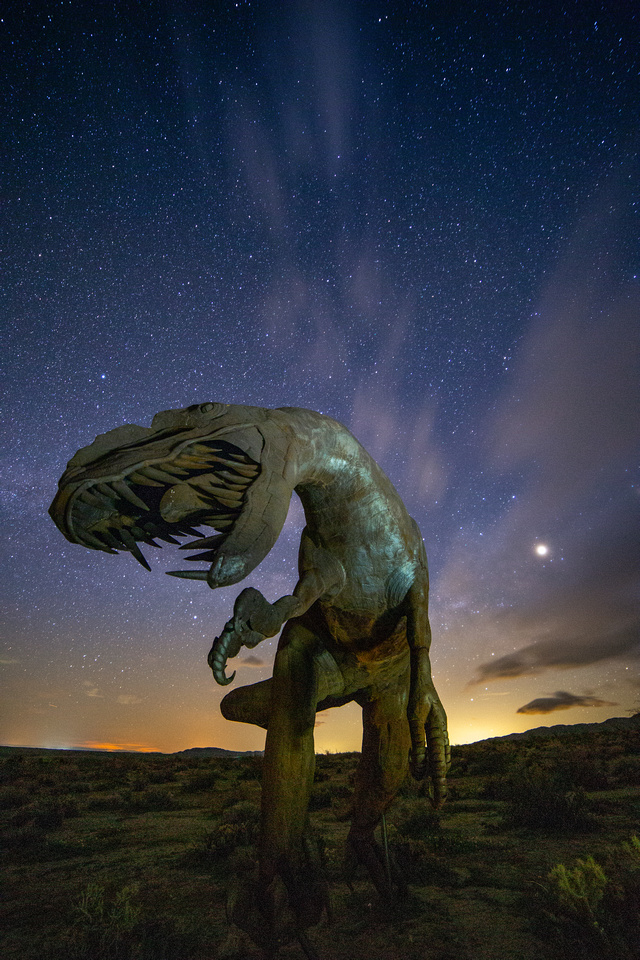 T-Rex Sculpture T-Rex Sculpture
T-Rex sculpture, Anza Borrego | 10,000 ISO |
There you have it, ISO and all it's power. I hope this has helped you understand the trifecta of Aperture, Shutter Speed, and ISO and how to leverage these to improve your photos.
Comments
Truman
